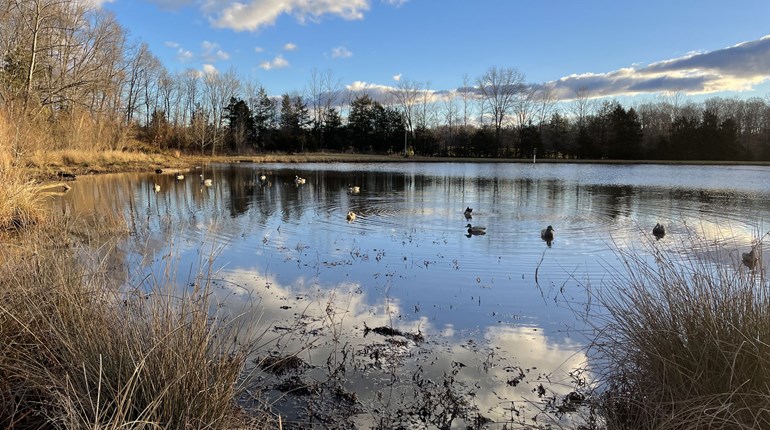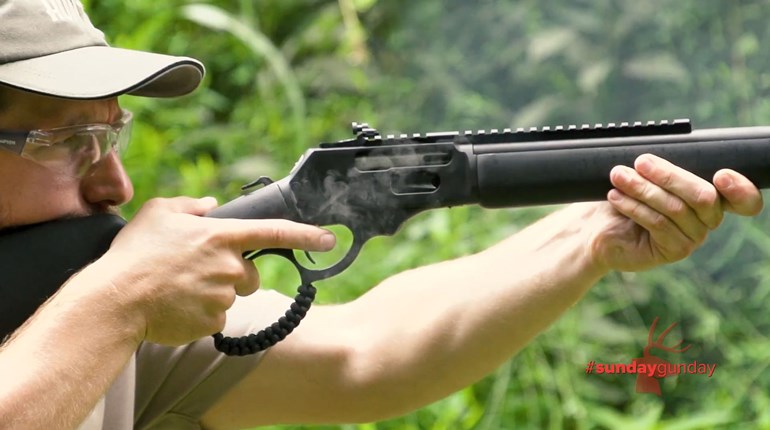
Take care of your prime movers. In the army, a “prime mover” is a vehicle that tows heavy, wheeled weapons, ammunition and/or crew. Sadly, light infantry have no vehicle—their prime movers are their feet. My time in the army included 14 years in light infantry divisions, outfits full of “foot soldiers.” For these folks, foot care is absolutely essential.
For regular outdoor recreation, your feet are equally important. A simple blister can ruin a hunting trip or hike. Without proper care it can lead to even more serious injuries. Twisted ankles, stress fractures and sprains can take you off your feet for weeks.
This article assumes you want to be able to walk about 12 miles carrying a total of 30 pounds in about eight hours in temperate weather without hurting yourself. Preparing for heavier weights and distances will require a simple expansion on the regime below. We also assume you intend to have serious walking as a regular part of your lifestyle.
The lore for getting the best out of your feet falls into three categories: boots, training and foot care.
Boots
Good boots are expensive because the serious hikers and military find out what works, and drive the prices up. They usually last a long time and can be resoled if you use them a lot. There are a lot of great choices, but here is what you should look for.
In general, select boots recommended for the kind of walking conditions you intend to face. First, get a boot that rises 2 to 4 inches above your ankles, and has some padding around where your ankles stick out. Look for laces that have enough stretch in them so that they don’t keep coming untied when you pull the knot taut. Laces a little longer than you need will allow you to tuck the knot into the front of the boot so twigs don’t untie them for you.
Look at the tread. An aggressive tread has steep grooves that are cut at right angles to the sole. Pebbles can get caught in the grooves and have to be pried out with a stick or a knife, but they improve your traction in tough situations. If the treads are wider apart at the ends, pebbles and mud will fall out more easily, and traction will still suffice for most conditions.
Ask about lateral stability. This means that the sole resists bending from side to side. Think of standing sideways on a ramp with the your soles horizontal, only the uphill part of the soles touching the ramp. This requires a strong, stiff sole and a lacing pattern that helps keep your ankle from bending. Short boots can’t do this. Front to back stability or stiffness may make a normal stride impossible, as if you were wearing a wooden shoe. You want a design like this for mountain climbing, but not for general outdoor activities, so get a boot that allows your ankle, foot and toes to bend naturally as you walk forward.
Be very mindful of the weight of your boots. Colin Fletcher, the guru of long walks, said that a pound on your foot is like 5 pounds on your back. That’s 10 pounds when you count both feet.
Care for your boots. Dry them if they get wet or if your feet have sweated. Then mop them out with a dry cloth and hang them by the toes overnight.
Training
Training toughens your feet, breaks in your boots, and strengthens everything connected to your stride. Practice walking in your boots while carrying extra weight in the pack you plan to carry on your outdoor adventures. Early in this regimen you will learn how tightly to tie each boot and where it rubs to create hot spots that might cause blisters.
To the extent possible, stay off pavement. Uneven or soft terrain engages more muscle groups, and causes fewer impacts that you'll pay for in later life. Start with easy walks of 2 miles or less with only your empty pack and water. From then on, increase the distance, weight and speed gradually. The least important of these is speed, except that the time you spend vertical increases end-of-day foot pain. That is, don’t stroll, but don’t run.
You can increase in any order, but only one factor at a time. For example: Today I add 5 pounds; tomorrow I add a quarter mile. Avoid setbacks by not pushing yourself too hard. As your practice walks become more stressful, repeat the last workout a few times before ramping up. When you are walking for an hour or more, rest at the halfway point. At longer distances, rest every 40 to 60 minutes. Rest longer after longer stretches.
Foot care
You have done the first part of this by choosing good boots and taking care of them, and the second part by toughening and strengthening your feet with workouts. The rest of it involves blisters and soggy feet.
On your workout walks, sit down at every rest stop and take off your boots and socks. Examine your feet for marks or painful points. If your feet are wet, dry them off and change socks. If you change socks, hang the wet ones on your backpack to dry.
Blisters are the nemesis of the walker. You must fix a "hotspot" as soon as you notice it. If you keep walking, your brain will stop reporting the pain, and you’ll have caused a blister or worse without feeling it. Stop, sit, take off your boot and find the hot spot. Carry adhesive moleskin and bandage shears with you. When you find the hotspot, cut a hole slightly larger than the hotspot in a piece of moleskin, and stick it on your foot so the moleskin surrounds but doesn’t touch the hotspot. This will protect it for the rest of your walk. Do the same thing if it’s already a blister.
If it’s a blister, there are two opinions: lance or leave. If you don’t lance it, it might get large enough to burst anyway, so I suggest lancing it. Poke a hole near the edge, express the fluid, and clean it with a small alcohol or antiseptic wipe. Then cover it with gauze or a bandage and do the moleskin trick.
Friction from your boots and socks causes blisters. There are many new walking sock materials, but any sock that holds up and keeps your foot dry will help with blisters. Changing from one kind of sock to another might solve all your problems. Many walkers favor thin socks over thick, because thicker socks might make your feet sweat more.
Sweat and wet boots, left long enough, cause soggy feet. Soggy skin is weak and tears easily, so don’t let your feet get soggy. If your feet sweat too much, you need to change socks more often. Another technique is to spray aerosol antiperspirant on your feet every morning or up to twice a day. In any case, dry wet feet off and put on dry socks. Keep your feet as dry as you can. It’s not a sign of weakness to avoid tromping across a stream that’s over your boot tops. Avoiding swamps is always good practice. Waterproof boots might help, but even with linings that allow moisture out they might be hotter than other boots, and make your feet sweat more.
So, get and maintain good boots, work up gradually to a solid walking capability and take good care of your prime movers.







































